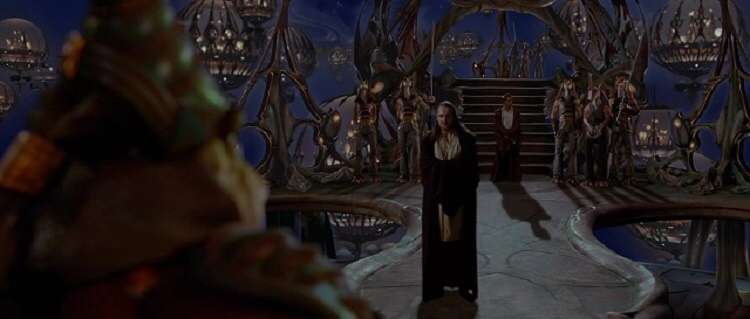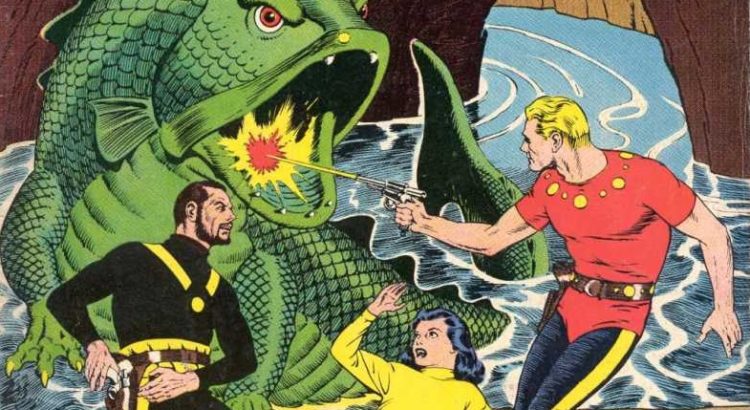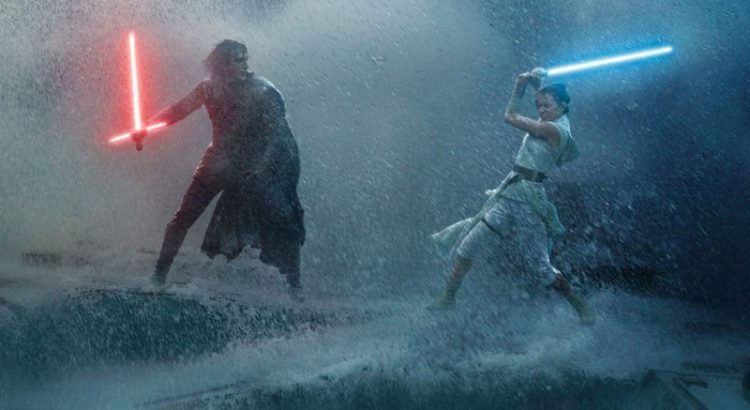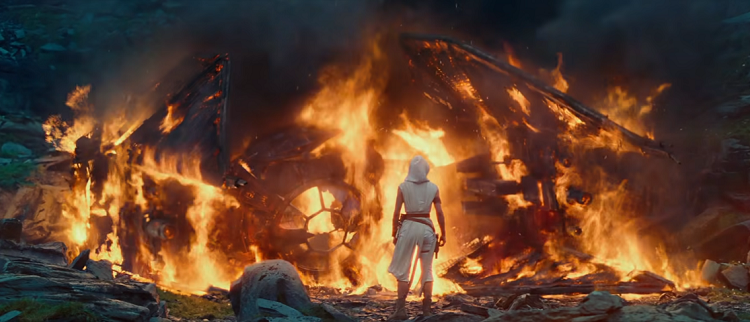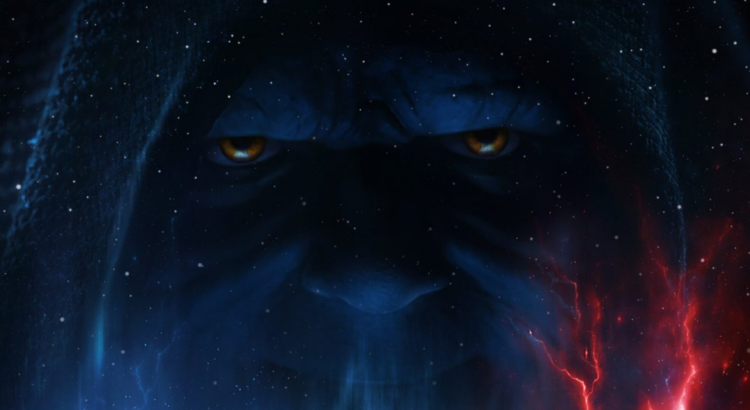The first thing we ever learn about the Jedi is that they were the “guardians of peace and justice in the Old Republic.” Until I read Claudia Gray’s Master & Apprentice, it never occurred to me that this definition contains a contradiction. Peace and justice together are the defining conditions of the ideal polity. It’s an idealistic platitude too familiar to invite closer examination. That’s why it feels so revelatory when Gray shows us that in practice, Jedi often found that peace and justice were tragically at odds.
Master & Apprentice takes place eight years before The Phantom Menace, and reprises much of that film’s premise. Obi-Wan and Qui-Gon are sent to negotiate a deal between a planet’s willful teenage queen and a powerful, malicious corporation. Their lives are threatened by mysterious assassins, and they turn to a slave for aid. That overt similarity between the two stories allows Gray to take a second crack at a thematic question raised tangentially by TPM: is it right for the Jedi to ignore injustice in pursuit of the greater good?
In TPM, Qui-Gon doesn’t find this question very difficult to answer. He frees Anakin to gain a powerful Jedi, not to end the injustice of his slavery. He makes a half-hearted effort to win Shmi’s freedom too, but doesn’t press the issue. The question of freeing any other slaves never even comes up. They didn’t come to Tatooine to free slaves. The people of Naboo are counting on them; they can’t afford to get distracted by every injustice that crosses their path.
Read More